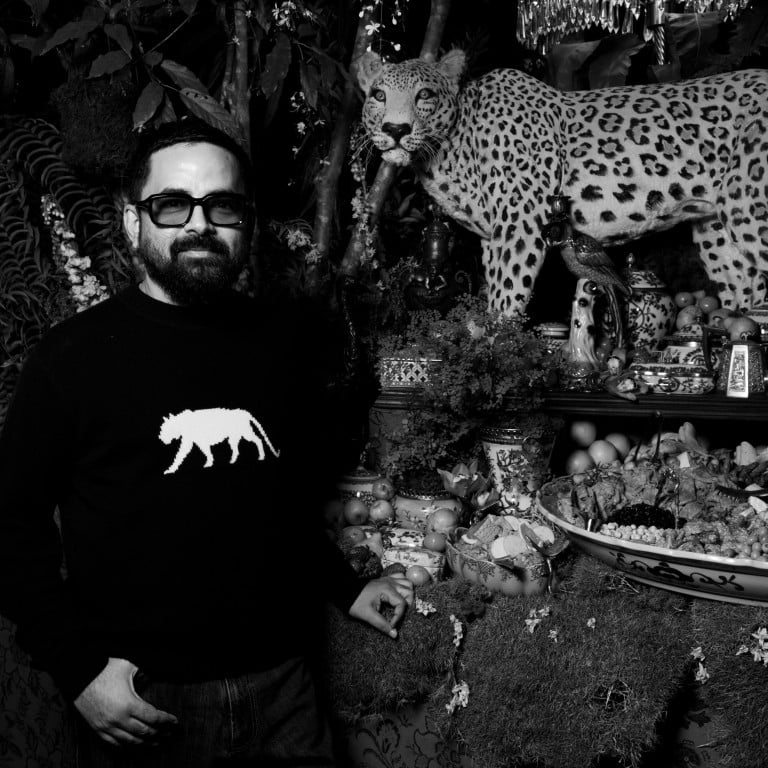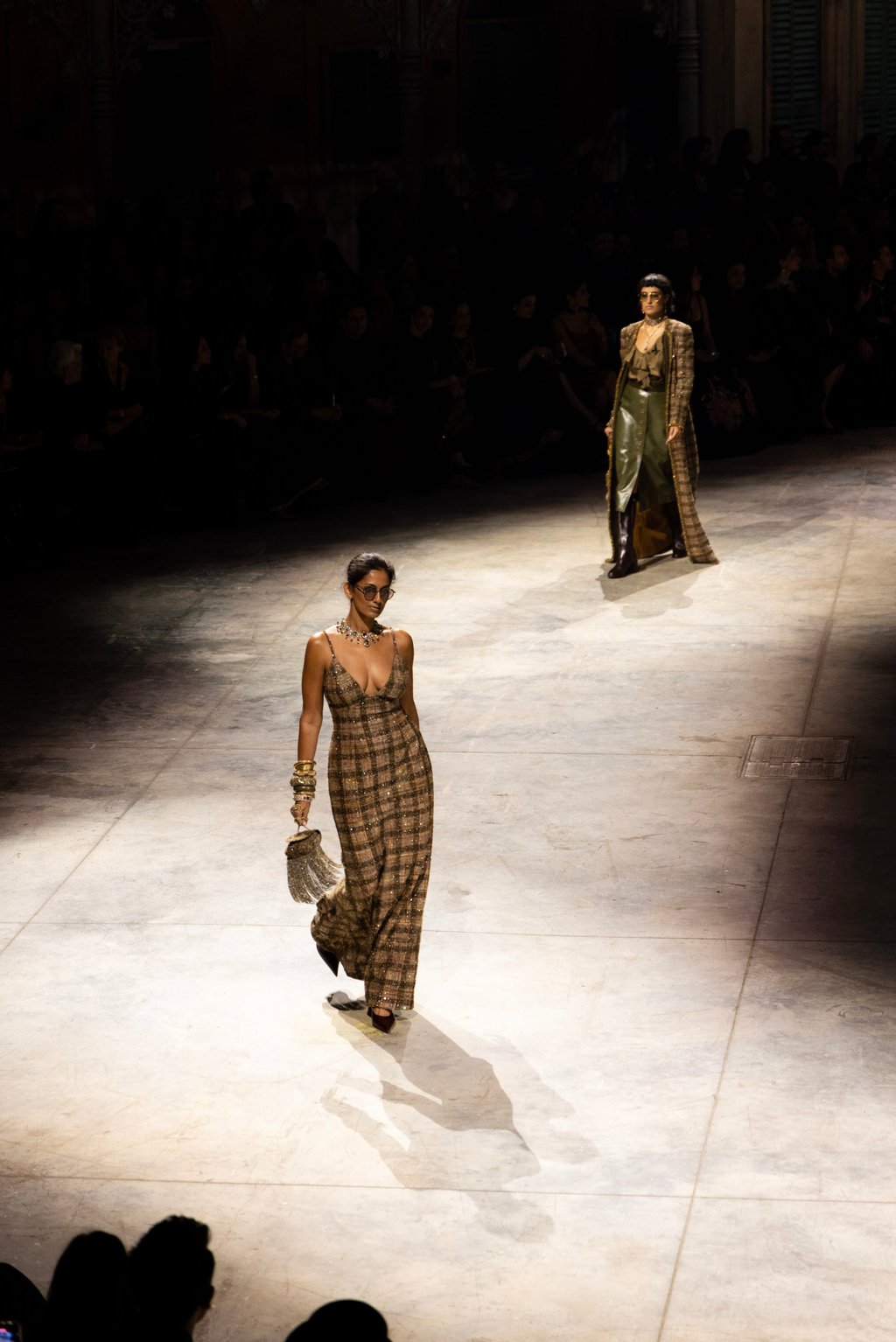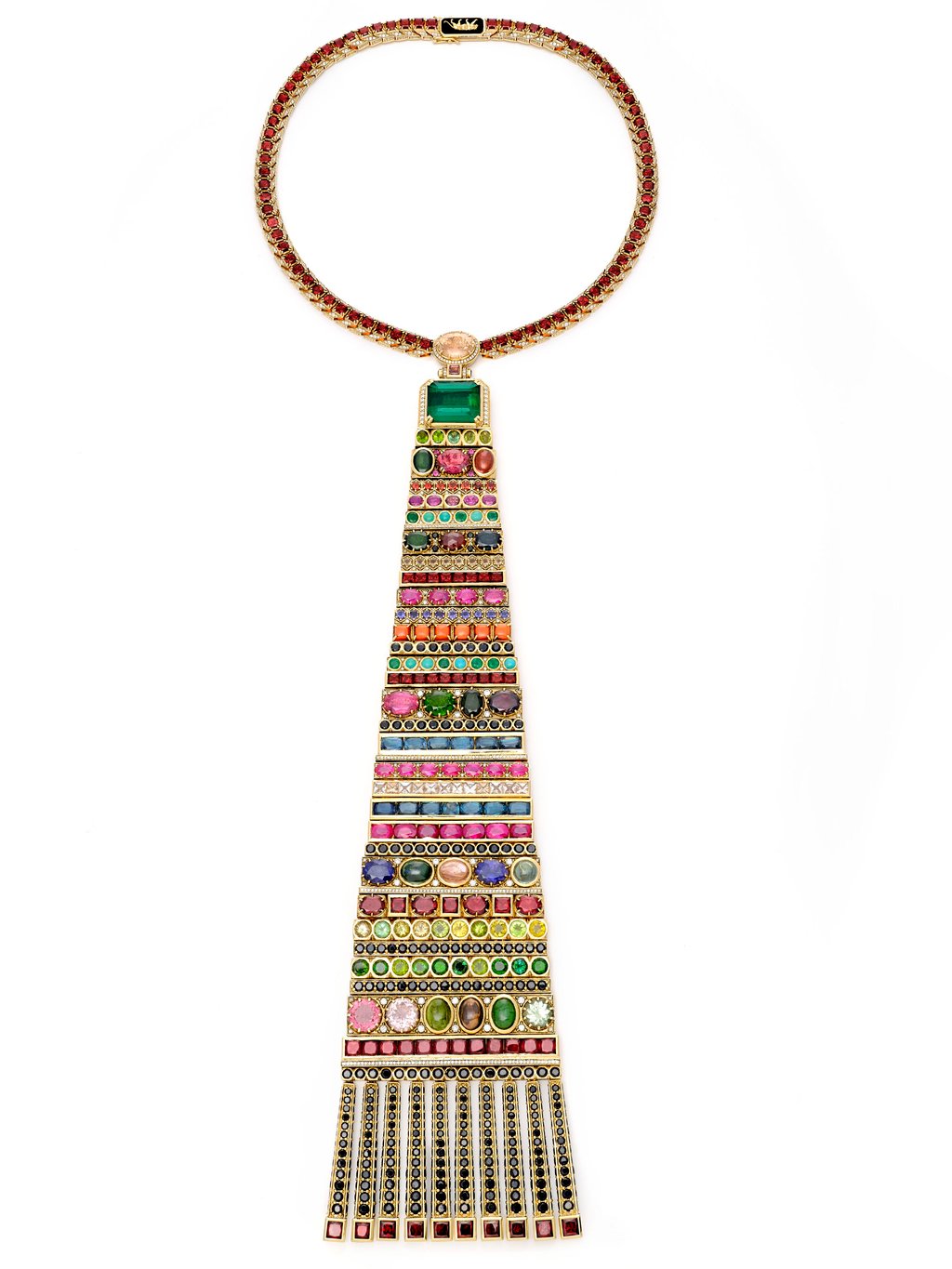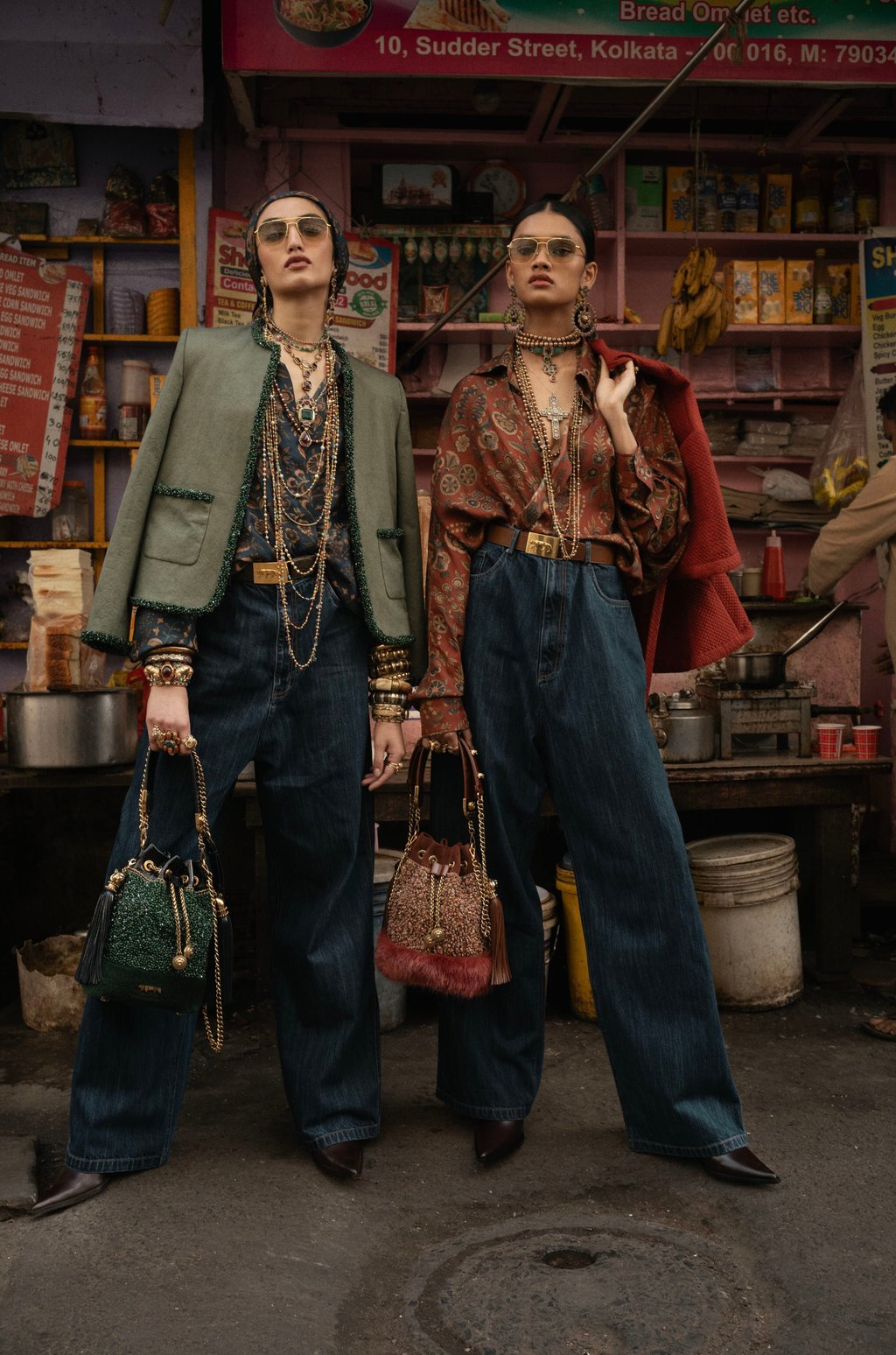Sabyasachi Mukherjee’s mission to reclaim his cultural heritage: Deepika Padukone and Christy Turlington walked in the Indian fashion designer’s 25th anniversary show in Mumbai

Rejecting seasonal trends, he is challenging Western perceptions and promoting Indian craftsmanship, fuelled by the Aditya Birla Group’s investment in his brand

While Mukherjee has a rabid fan base both in India and abroad – especially in the United States, where he opened a store in New York in 2022 – he operates outside the traditional fashion circuit. Still based in his hometown of Kolkata, Mukherjee doesn’t feel the pressure to come up with new collections every season or to decamp to so-called fashion capitals like Paris to present his work.
“You don’t build a sustainable business with greed,” says Mukherjee. “If you can create something beautiful, people will automatically come. I’d rather have a small company with a stronger bottom line than a large company that means nothing so I made a very clear decision to step out of fashion week and I started making clothes that were meaningful and in small batches, where the supply was always smaller than the demand. In 25 years we’ve never gone on sale.”

When Mukherjee talks about sustainability – a word that these days gets bandied about by companies left and right – he refers to what he calls “cultural sustainability”.
“Our first responsibility is to build a sustainable culture of craft and clothing in this country and to preserve it,” says Mukherjee. “India was colonised and what happened in many colonised countries was to look to the west for validation and I wanted this to end. You don’t have to look west to create standards for yourself but build standards within yourself and stop looking for validation. The great thing is that younger generations don’t have the shackles that our parents or grandparents had.”

With an estimated population of 1.45 billion people, a thriving tech sector, an enviable education system and a rising middle class, India has been one of the success stories of the 21st century. While Narendra Modi, the country’s current prime minister, who has been in power for 10 years, has fuelled a rise in nationalism, he has also put the country on the global map, instilling a sense of pride in Indians, as Mukherjee explains.
“What happened with China will also happen with India,” he says. “When you’ve been overlooked for a very long time, when you become politically and financially strong there is bound to be a rise in nationalism. I want people to find a nationalism that’s not divisive but inclusive and also at the same time I want them to understand that it’s the right time for India to turn nationalistic because we have such gifts to give to the world. My biggest fear is if we lose them then there’s nothing to give any more.”




